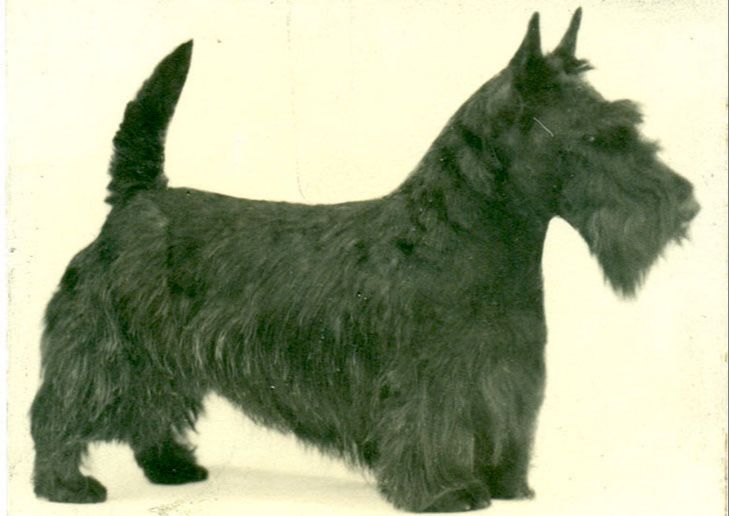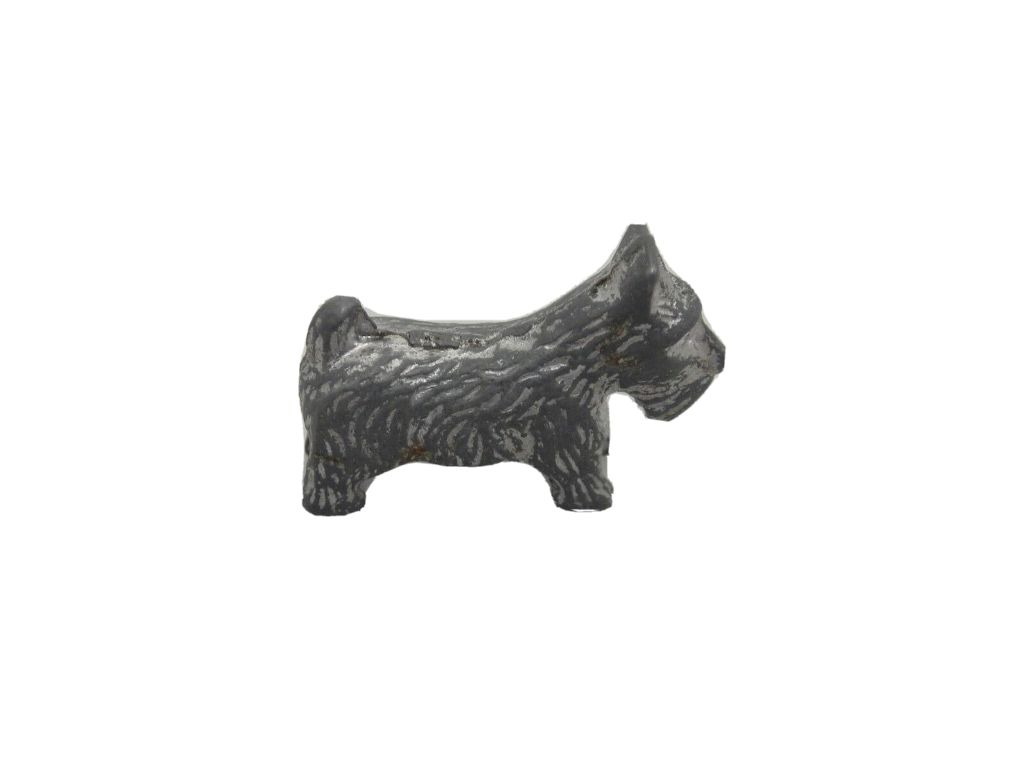Introduction
The popular board game Monopoly has a long and fascinating history dating back to the early 20th century. Though many people associate Monopoly with the American company Hasbro, which has published the game since 1935, the game’s origins can be traced back several decades earlier.
The earliest known version of Monopoly was created in 1903 by Elizabeth Magie, an American progressive activist and inventor. Magie’s original game was called The Landlord’s Game and was designed to demonstrate the negative aspects of concentrating land ownership in private monopolies. She hoped the game would promote the economic theories of Henry George, who believed that land rents should be shared more equally.
Magie’s game featured play money, properties for sale, and the key mechanics that would later define Monopoly. Over the next three decades, The Landlord’s Game developed through various homemade versions as it spread in popularity. By the early 1930s, an employee of Parker Brothers named Charles Darrow learned the game and sold his own commercial version to the company. This version became the basis for Monopoly as we know it today.
The Dog Token
The dog token in Monopoly is a small metal sculpture of a Scottish Terrier dog breed. It is one of the classic game pieces that has been included in Monopoly sets since the game was first introduced in 1935 by Parker Brothers.
The Scottish Terrier dog token is constructed of die-cast metal and plated with a silvery finish. It measures approximately 1 inch tall and 1 inch long. The token depicts the dog in a sitting position with erect pointed ears, a long muzzle, and a curved tail. Its angular features mimic the characteristic look of the Scottish Terrier breed.
The dog token is one of the most recognizable Monopoly pieces and has become an icon of the popular board game. Players choose game tokens before starting a game of Monopoly and move the token around the board to mark their progress and location. The dog is often a fan favorite token among Monopoly players.
![]()
Over the decades new Monopoly tokens have been introduced, but the Scottish Terrier has remained a constant piece since the game’s inception. It is a classic symbol of Monopoly that evokes nostalgia and familiarity for generations of game players around the world.
Breed Revealed
The dog token featured in the classic Monopoly board game is a Scottish Terrier. This has been confirmed by Hasbro, the company that manufactures Monopoly, as well as in multiple sources detailing the history and tokens of the game.
According to the official Monopoly website, the Scottie dog playing piece was added to the game in the early 1950s. Since then, it has become one of the most iconic and beloved Monopoly tokens, second only to the top hat.
The Scottish Terrier was chosen to represent one of the playing pieces due to the immense popularity and recognition of the breed in the 1930s and 40s. Scotties were a very fashionable pet for wealthy families during this era, making them a natural fit for the Monopoly world of business deals and real estate fortunes.
Sources:
History of the Scottish Terrier
The Scottish Terrier, affectionately called the Scottie, originated in the Scottish Highlands in the 16th century. The breed was developed to hunt vermin like badgers and foxes. Their short legs allowed them to enter burrows easily while their sturdy tails could be used to pull them back out (Wikipedia). Scotties were bred to be fearless, tenacious small hunters.
References to the “earth dog of Scotland” emerged in paintings and literature in the late 17th century. By the early 18th century, the breed had become well established. The first written Scottish Terrier breed standard emerged in 1881. The Scottish Terrier Club of England formed in 1882 to promote the breed, followed by the Scottish Terrier Club of Scotland in 1888 (AKC).
Scotties grew increasingly popular as family companions in the 19th century. Their popularity spread worldwide in the early 20th century. The breed continues to be known for its confidence, independence and loyalty.

Scottish Terrier Characteristics
The Scottish Terrier, often affectionately called the Scottie, is a small, compact dog with a rugged appearance and famously independent personality. Some key characteristics of the breed include:
Physical Traits:
- Small stature, typically 18-22 inches tall and weighing 18-22 pounds
- Wiry, coarse outer coat in black, wheaten, or brindle colors
- Sharp, erect ears and a bearded muzzle
- Short legs relative to their body length giving them a long, lean silhouette
Temperament:
- Confident, feisty, and energetic
- Extremely loyal and affectionate towards family
- Intelligent and quick witted but also independent minded
- Excellent watch dogs known for their loud warning barks
- Require regular exercise and mental stimulation
The Scottie’s unique look and spirited personality have earned the breed a special place in the hearts of dog lovers worldwide.
Popularity of the Breed Over the Years
The Scottish Terrier was initially very rare and did not gain popularity as a breed until the late 19th century. According to the American Kennel Club, Scottish Terrier entries at major dog shows were quite low in the 1880s but began rising in the 1890s, reaching over 50 entries at shows like Westminster by 1895.
The breed saw a surge in popularity in the 1930s after a Scottish Terrier named Nipper was featured in advertising for RCA Victor. Scottish Terriers were viewed as glamorous pets during this time period. However, their popularity declined again by the 1970s.
In recent decades, the Scottish Terrier has experienced another drop in popularity according to the AKC’s registration statistics. Some factors cited are potential health problems, their feisty temperament, and increased competition from new hybrid breeds. According to one report, the Kennel Club classified the breed as “vulnerable” with only 316 puppy registrations in 2019.
![]()
However, other breeders have noted renewed interest in Scottish Terriers in the past couple years. A 2020 report from the Kennel Club states that Scottish Terrier registrations were up by nearly 11% that year, taking the breed off the vulnerable list. While the long-term trend is a decline, there are signs the breed may be making a comeback with dog lovers seeking out heritage breeds.
The Scottish Terrier and Monopoly
The token representing a dog in the classic Monopoly board game depicts a Scottish Terrier, a breed known for its feistiness and independence. According to Cool Material, when the Scottie Dog token was added in the 1950s, it quickly became “Mr. Monopoly’s right hand pup” and the most beloved piece in the game (Source).
There are several likely reasons why the Scottish Terrier was chosen for Monopoly. First, the breed was at the height of popularity in the United States at the time the token was added. As described on MonopolyLand, Scottish Terriers “were one of the most common family dog breeds” in the 1950s (Source).
In addition, the Scottie Dog has a feisty, tenacious personality that aligns well with the spirit of entrepreneurship and competition in Monopoly. Scottish Terriers are independent, intelligent dogs bred to hunt vermin. These traits make the breed a good mascot for Monopoly players seeking property fortunes. Just as Scotties are determined hunters, Monopoly players must wheel and deal to win.
Finally, the Scottish Terrier’s distinctive perky ears, bearded face, and compact wiry body give it an iconic, easily recognizable look. Game piece designer Muriel Wood visualized the Scottie Dog token with these signature features in mind. The token’s charming design has helped cement it as a Monopoly icon.
Other Monopoly Tokens
In addition to the Scottish Terrier, Monopoly features several other token pieces that players can choose from. The game launched in 1935 with tokens including a thimble, shoe, top hat, iron, and battleship. Over the years, some of the classic tokens have been replaced with new options.
Currently players can choose between 12 different tokens including the Scottish Terrier, battleship, top hat, thimble, boot, wheelbarrow, cat, racecar, penguin, rubber ducky, T-rex, and hazelnut. Some of the more recent additions like the penguin, hazelnut, cat, and T-rex were added after Hasbro held online votes for fans to choose new options (https://monopoly.fandom.com/wiki/Tokens).
The thimble token has a long history dating back to the original Monopoly game in 1935. However, it was retired in 2017 after an online vote, much to the dismay of many fans. The boot and wheelbarrow tokens have also been staples of the game for decades (https://coolmaterial.com/home/games/the-story-behind-monopoly-pieces/). The variety of distinct tokens is part of what makes Monopoly special and gives each player a unique game experience.
Impact and Legacy
The Scottish Terrier token has had a significant impact and legacy over the many years it has been featured in Monopoly sets. Introduced in the early 1930s, it is one of the few original tokens that has never been removed from the game. The Scottish Terrier is iconic and recognizable to Monopoly players around the world.
As one of the dog breeds featured in the game, the Scottish Terrier token has helped contribute to Monopoly’s enduring popularity. Its inclusion provides balance alongside tokens like the thimble and wheelbarrow. Fans appreciate the diversity of tokens, and the Scottish Terrier remains a nostalgic piece of Monopoly history. Though new versions introduce different tokens, the Scottish Terrier endures as a classic.
Over nearly a century of production, the Scottish Terrier has appeared in countless Monopoly editions. It is estimated that over 1 billion Monopoly sets have been sold globally. With such widespread familiarity, the Scottish Terrier has become ingrained in pop culture. Even for those unaware of the breed’s name, the Monopoly Scottie dog is instantly recognizable. For Monopoly fans, it is an integral part of the game experience.

While its origins may have been arbitrary, the Scottish Terrier has taken on deeper meaning over time. As Monopoly historian Philip Orbanes notes, players often select tokens they identify with. The Scottie can represent loyalty, independence, feistiness, and more. Essentially, the token transcends the game itself, adopting wider cultural significance. For these reasons, the enduring legacy of the classic Scottish Terrier piece is assured.
Conclusion
In summary, the dog token featured in a standard Monopoly set is a Scottish Terrier. This breed of dog originated from Scotland and was originally used for hunting small animals and vermin. Scottish Terriers are known for being confident, independent, and tenacious little dogs. They became popular as a pet and show dog breed in the late 19th and early 20th centuries, right around the time when Monopoly was first invented.
The Scottish Terrier was likely chosen to represent the Monopoly dog token due to its popularity during that era. Over the many decades that Monopoly has been produced, the little Scottie dog has become an iconic game piece, just as synonymous with Monopoly as Boardwalk and Park Place. Even as tokens have come and gone over the years, the Scottish Terrier remains a constant presence. Clearly this petite but feisty breed has won over the hearts of Monopoly fans and earned its place as a forever token.